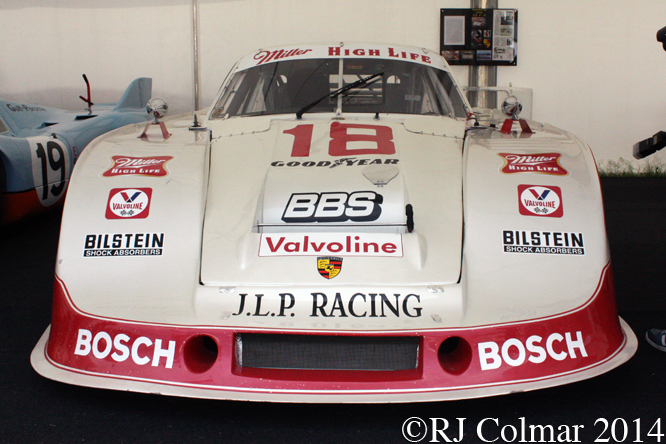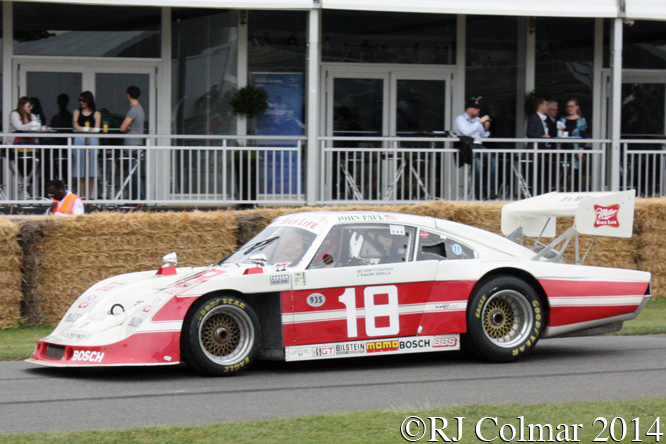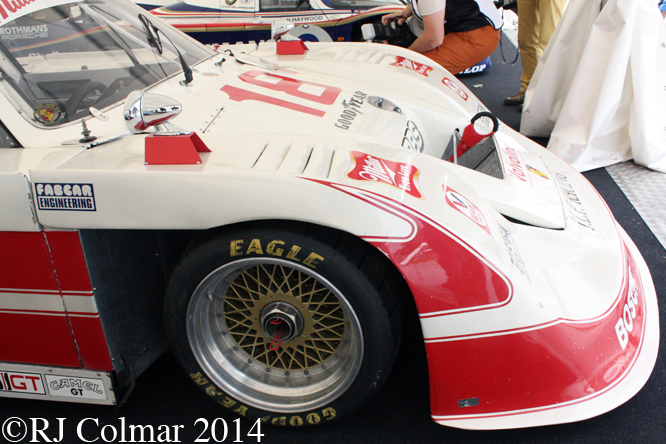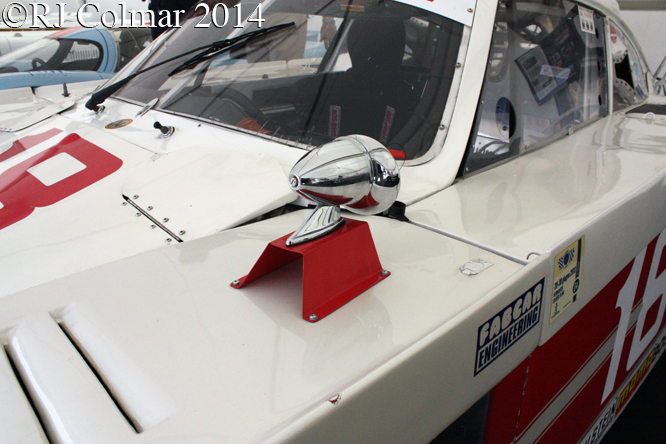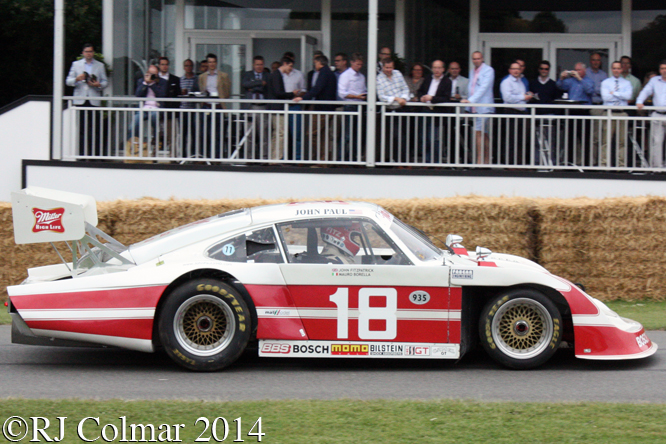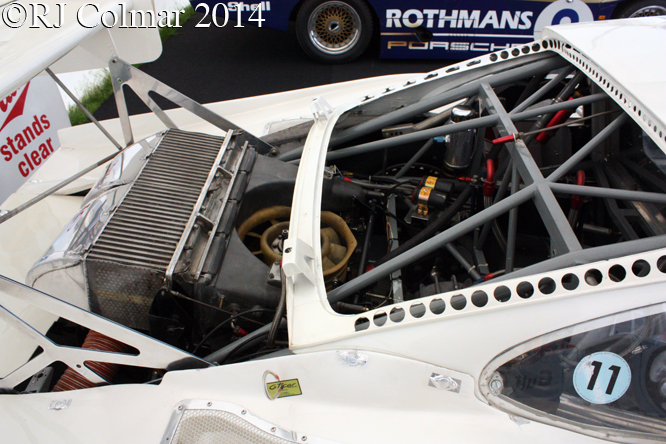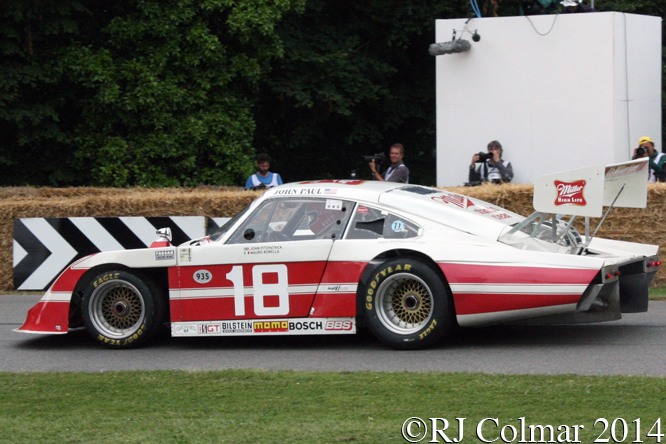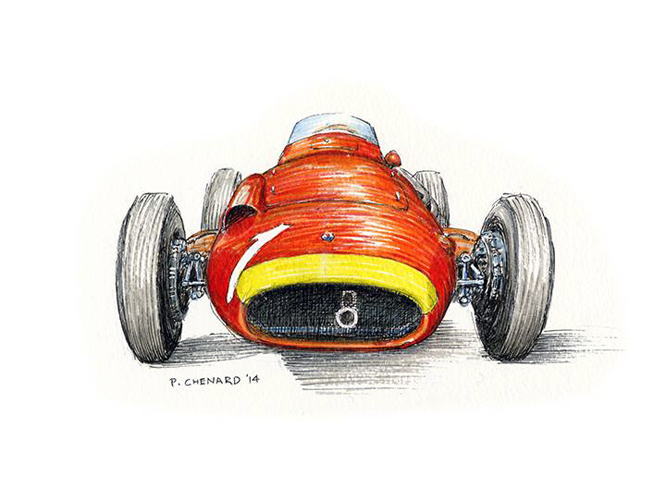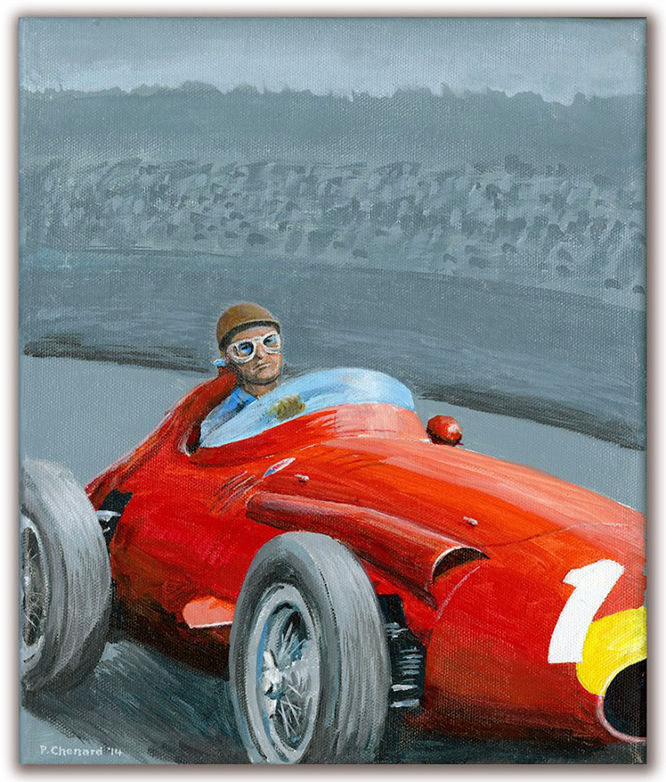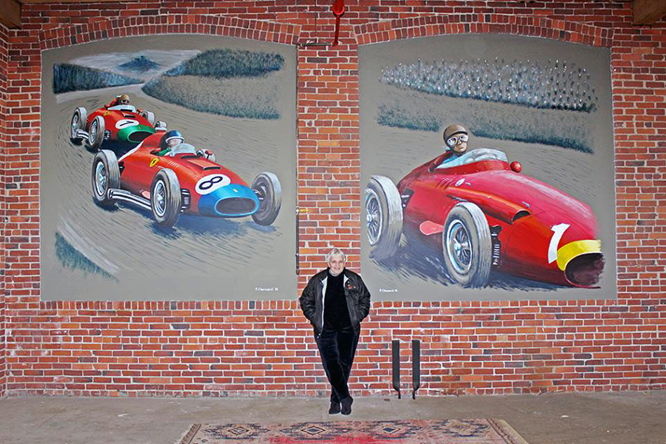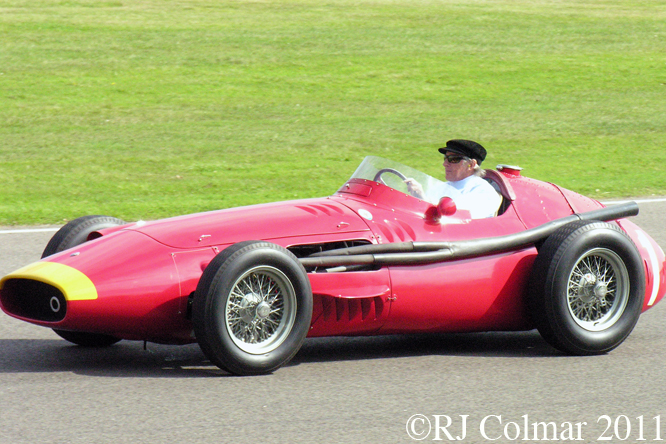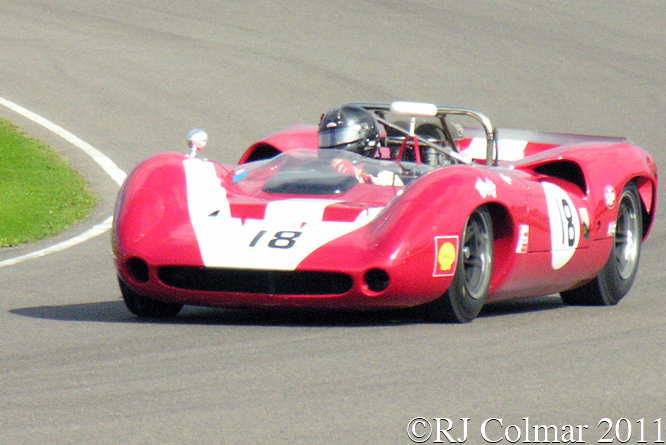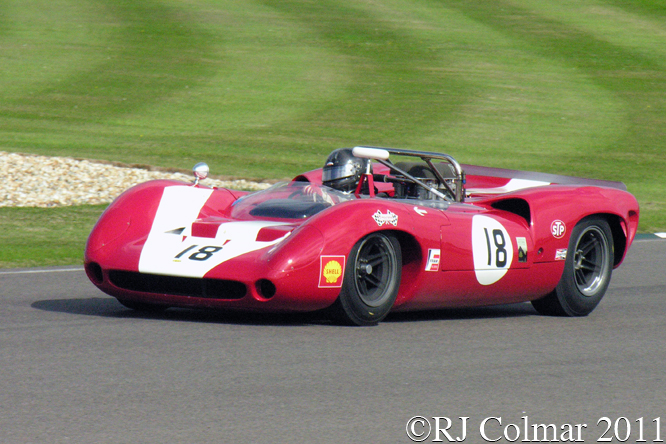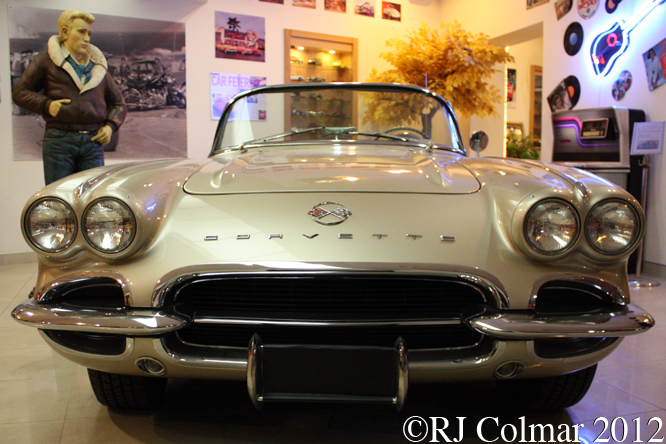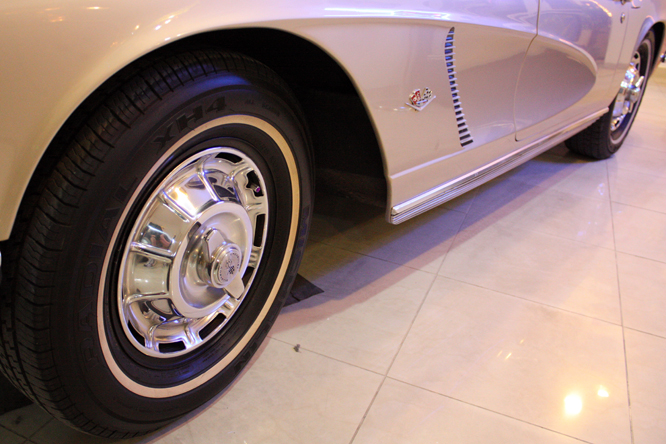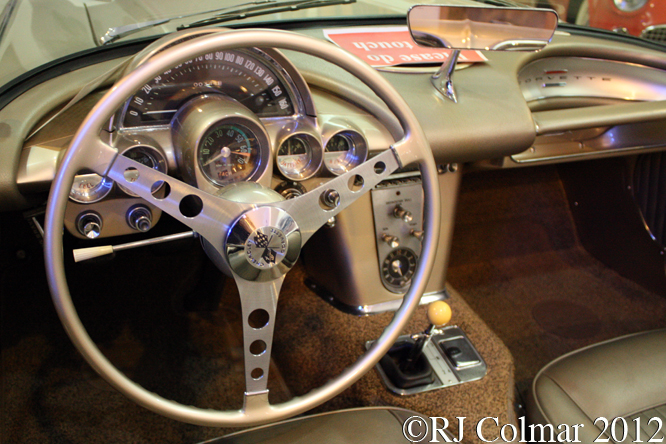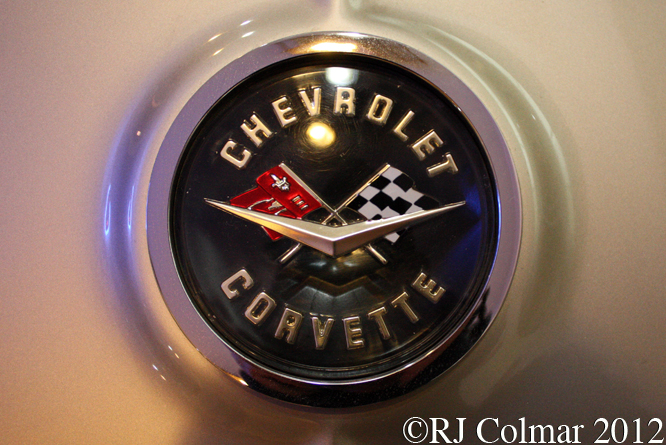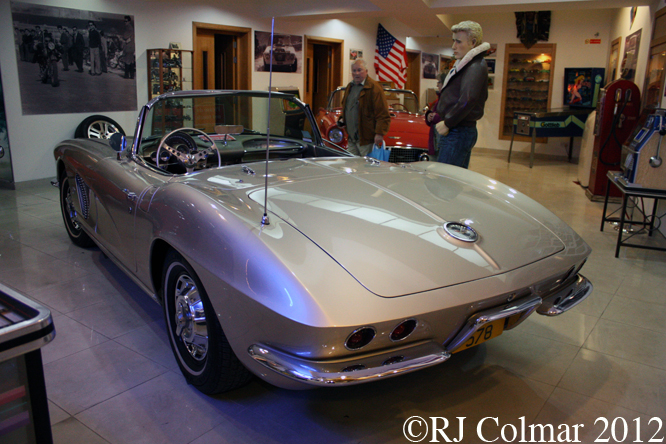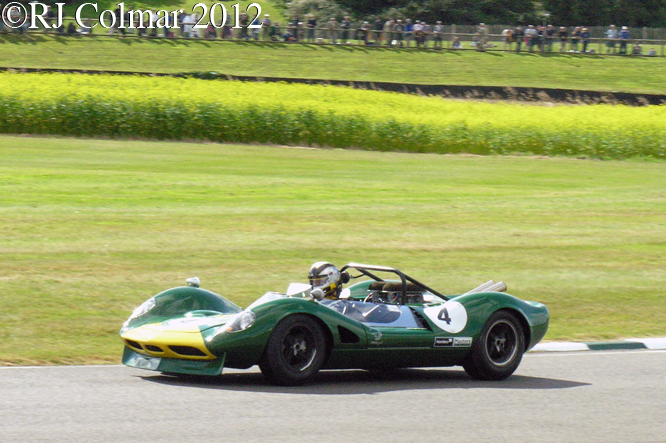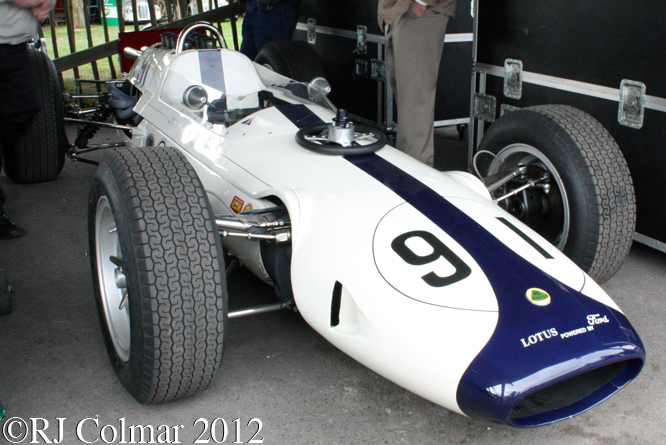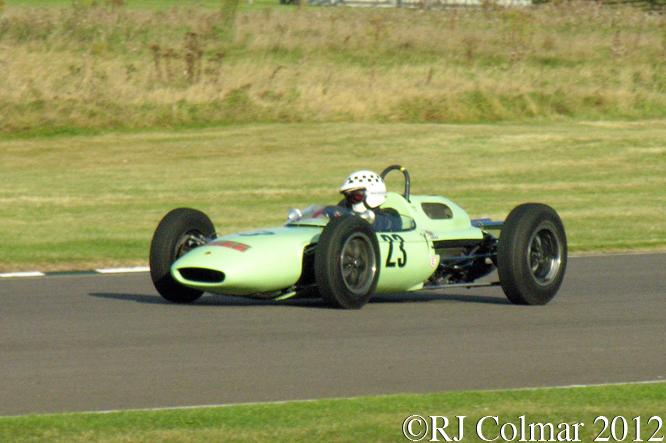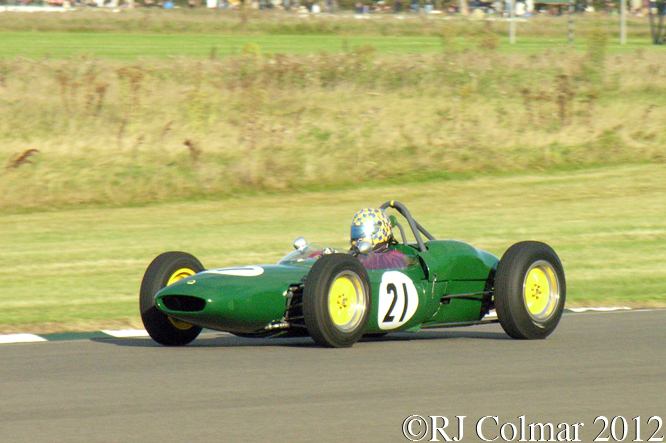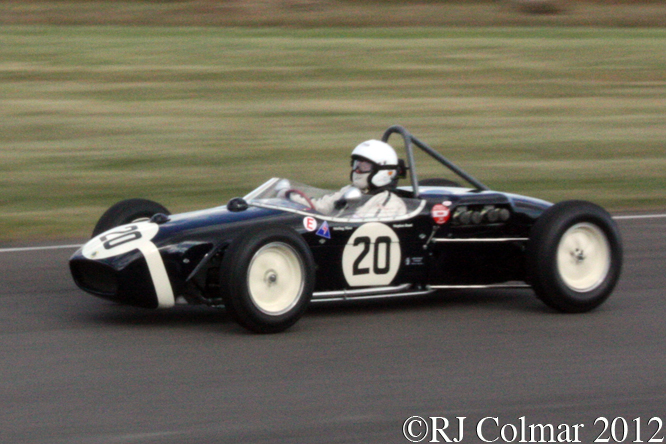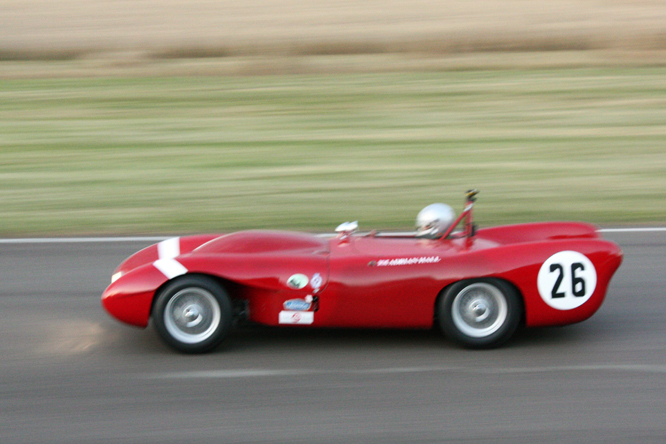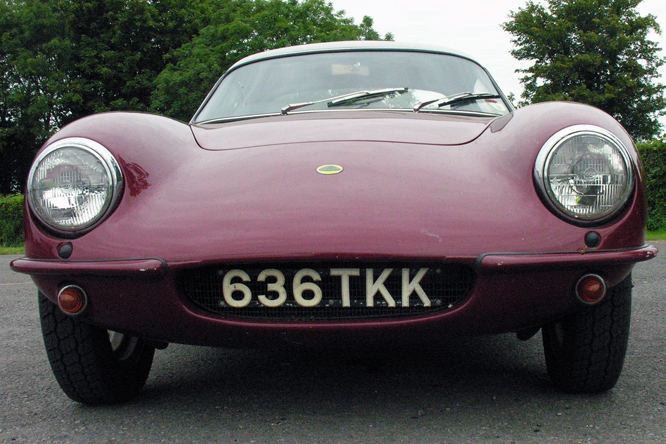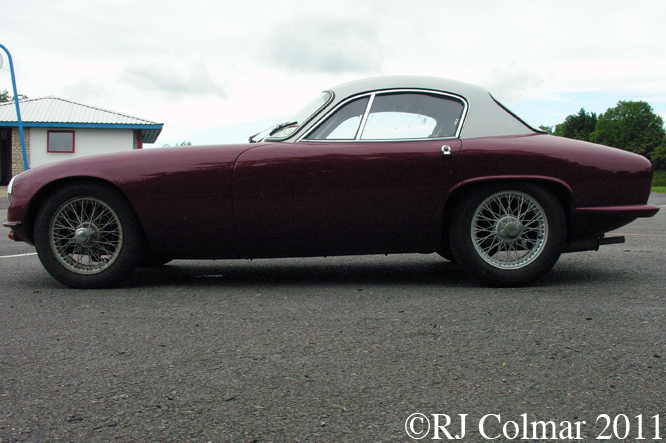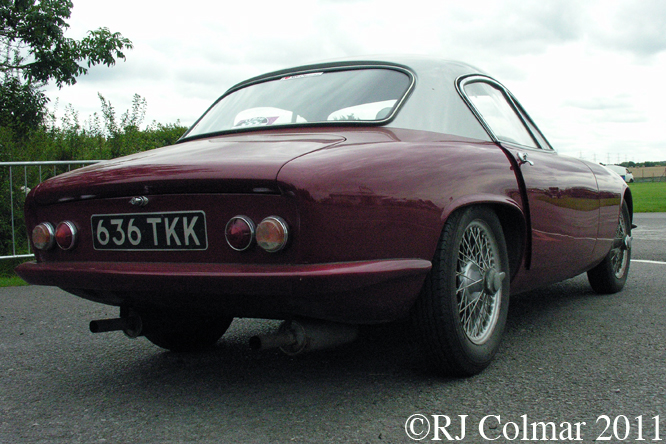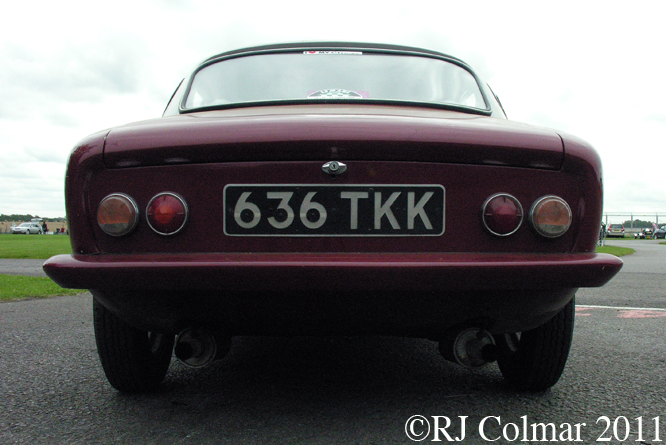Austin and Arthur Dobson were to wealthy brothers who raced between the great wars of the twentieth century.
Arthur the younger, considered the more talented and more successful made his racing debut at the wheel of a FIAT 508S in the 1935 RAC Tourist Trophy from which he retired out of petrol.
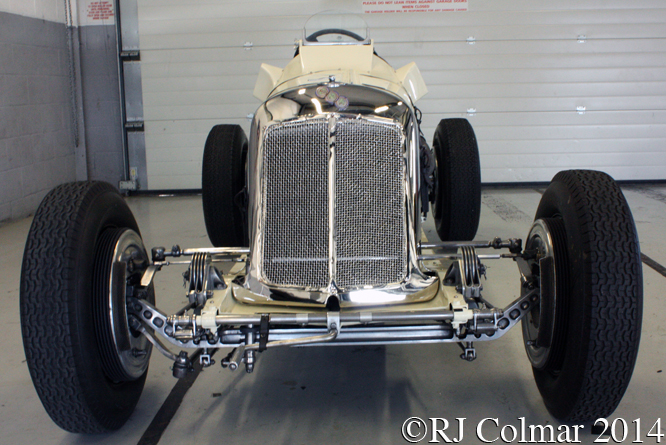
By 1936 when he bought today’s featured ERA R7B Arthur was a busy racing driver also running a Riley TT Sprite.
Arthur was so busy he let Cyril Paul drive R7B in it’s first three events before taking the wheel himself.
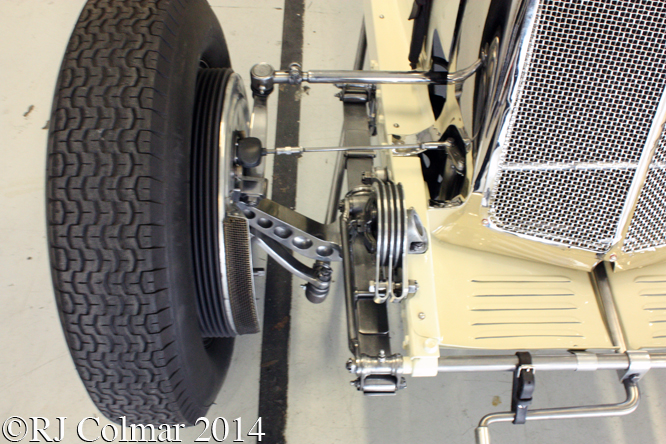
In August 1937 Arthur won the Junior Car Club 200 at Donington running a works entered ERA C with a 1.1 / 67 cui motor while Charles Brackenbury raced the 1.5 litre / 91.5 cui R7B and Carlo Pintacuda finished the same race in 7th place.
Later in October Arthur drove ERA R7B to a second place finish half a car length behind B.Bira driving another ERA known as R2B or Romulus at Crystal Palace, the event was notable for being the first to be screened on British Television by the steam powered British Broadcasting Corporation.
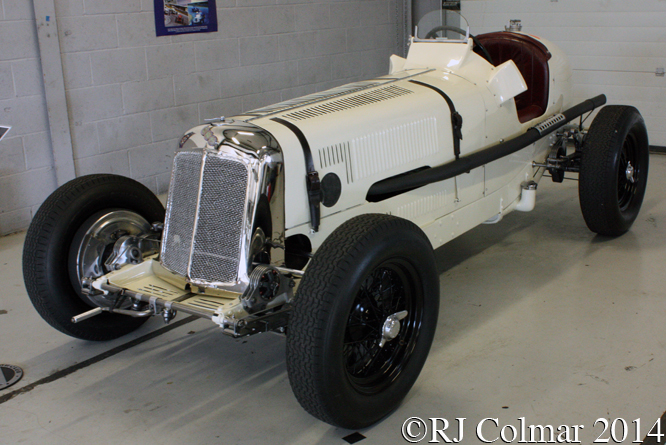
Arthur continued racing R7B through 1938 scoring a third place behind the Maserati 6CM of Franco Cortese and 4CM of Armand Hug at Modena.
Arthur followed this with a 6th place in the 1938 Donington Grand Prix, R7B was the first non Auto Union and non Mercedes Benz to cross the finish line only 6 laps down on Tazio Nuvolari who drove the winning D-Type Auto Union.
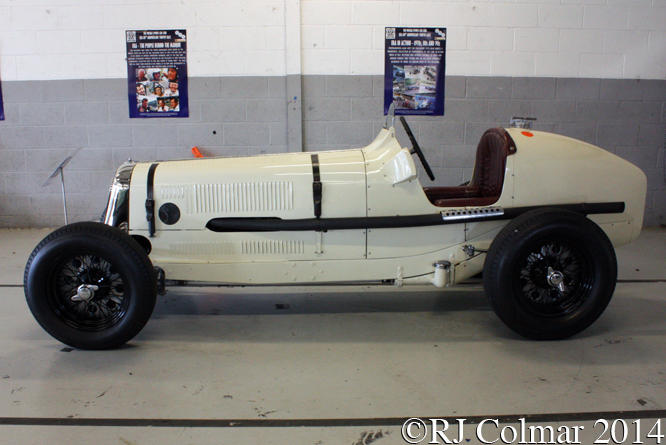
1939 would prove to be Arthur’s final season as a racing driver in which he continued to race R7B and at the 1939 Albi Grand Prix in France he crashed the first ERA E-type.
During the 1939/45 war Arthur was briefly a Pilot officer, the termination of his commission might have been related to the brothers love of the occasional tipple of the falling down waters though the reason has not been identified.
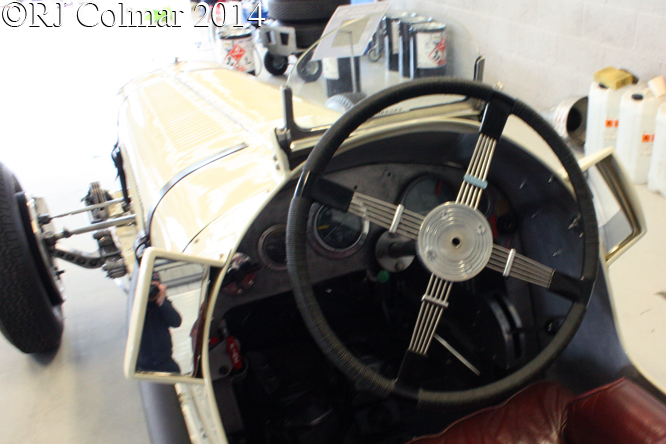
After 1945 Arthur Dobson found himself in “straitened circumstances” having spent his fortune and only attended three more race meetings before his death in Battersea aged just 65.
His great ERA rival B.Bira died similarly anonymously after suffering a heart attack at Barons Court tube station five years later.
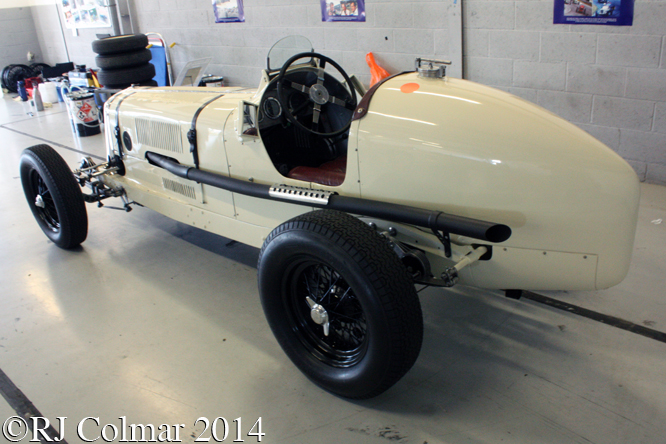
While in the care of H L Brooke between 1945 and 1948 R7B lost it’s unique chrome radiator, an item that was not restored until after P Mullins bought her in 2002.
Ken Hutchison had the 2 litre / 122 cui motor fitted in 1948/49 by Robin Jackson who was also responsible for upgrading the brakes to hydraulic operation.
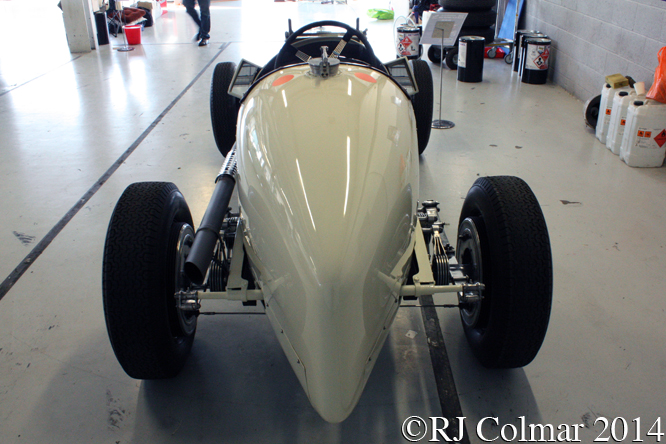
R7B was bought by current owners Ms S & Ms F Wilton in 2014 and is seen in these photographs at the start of ERA’s 80th Anniversary Celebrations at the VSCC’s Spring Start meeting the same year.
Thanks for joining me on this “As Seen On TV” edition of “Gettin’ a li’l psycho on tyres I hope you will join me again for Mercedes Monday tomorrow. Don’t forget to come back now !


